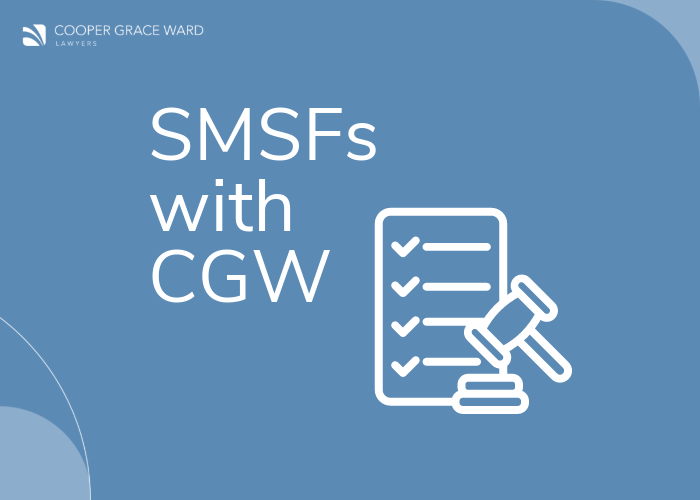The recent Supreme Court decision in Trevorrow v Council of the City of the Gold Coast [2017] QSC 12, serves as a cautionary tale for landowners who consent to a development application involving their land where the application is made by a third party.
In this case, the Court found against a landowner and held they were liable to pay outstanding infrastructure charges relating to a development approval given to one of their tenants.
Key facts
In 2005 the proprietor of land at Burleigh Heads on the Gold Coast leased part of that land to Pro Skips Pty Ltd, who remained in occupation until March 2016.
In October 2006, Pro Skips applied to the Council under the Integrated Planning Act 1997 (Qld) (IPA) for a ‘developmental permit for assessable development for a material change of use of land’. The land owner consented, both at the time of application and in a letter in compliance with section 3.2.1(3)(a) of the IPA.
Council approval to Pro Skips in November 2008 was accompanied by an infrastructure charges notice that levied charges under Council’s Priority Infrastructure Plan.
On 17 December 2008, Pro Skips appealed in the Planning and Environment Court against the Council’s decision to impose the infrastructure charge. Following the appeal, in November 2009, the Council issued a negotiated decision notice with a second charge notice in substitution of the first. The charge of $356,718.84 was payable before commencing the use.
As it turned out, the use had, in fact, commenced before the application for the material change of use was made. Neither the first nor the second charge notice was paid by Pro Skips.
In May 2013, the Council issued a rates notice to the landowner totalling $400,574.94. This included the unpaid infrastructure charge in addition to the usual property general rates charge.
The owner applied for declaratory relief against the Council to avoid liability for the payment of outstanding infrastructure charges.
Key issues
The key issue considered by the Court was whether the Council had the power to raise an infrastructure charge against the landowner, who had not been the applicant for the development approval giving rise to the charge.
The landowner contended that the relevant provisions of the Sustainable Planning Act 2009 (SPA) governing payment of infrastructure charges should not extend to an owner who was not the applicant for the permit in question.
Court reasoning
After considering which provisions of the IPA and SPA should be applied (given the extended timeline of the matter), the Court ultimately held that, although the relevant provisions of the SPA did not ‘expressly address whether the person who is liable to pay an infrastructure charge under the section is the “owner” of the land,’ the reference at section 664 of the SPA to ‘taken to be rates’, was said by his Honour to ‘invite attention to who is liable to pay rates’.
Further, the Court held that the purpose of the relevant provisions of the SPA was to make the infrastructure charge recoverable as if it were rates, and that rates were usually payable by the registered proprietor of freehold land.
The Court’s conclusion referred to the fact that ‘when a development approval is given, it attached to land under section 245 of the SPA and thereby “bound the owner” and “the owner’s successors in title” on transfer by a registered proprietor’.
Whether or not an infrastructure charge was levied in the first place was considered by the Court to be within the control of the owner, given that no application for a development permit could be properly made without their consent.
Important considerations for landowners
Following the decision in Trevorrow, it is important that landowners carefully consider any request made by a third party for consent to a development application, including a development application to regularise an existing use.
It will be important for landowners to ensure that, before the use commences, the applicant for the development application has paid the infrastructure charges and complied with other development conditions.
Landlords of tenants who are required to make a development application to support their use of premises under the lease should consider whether the lease terms adequately protect their interests if a tenant does not or cannot pay associated infrastructure charges.




